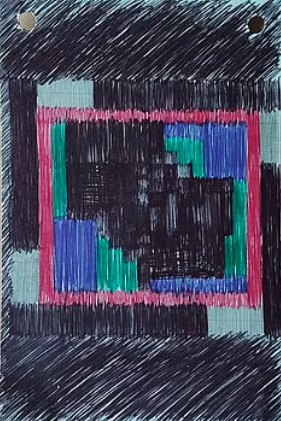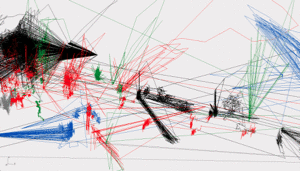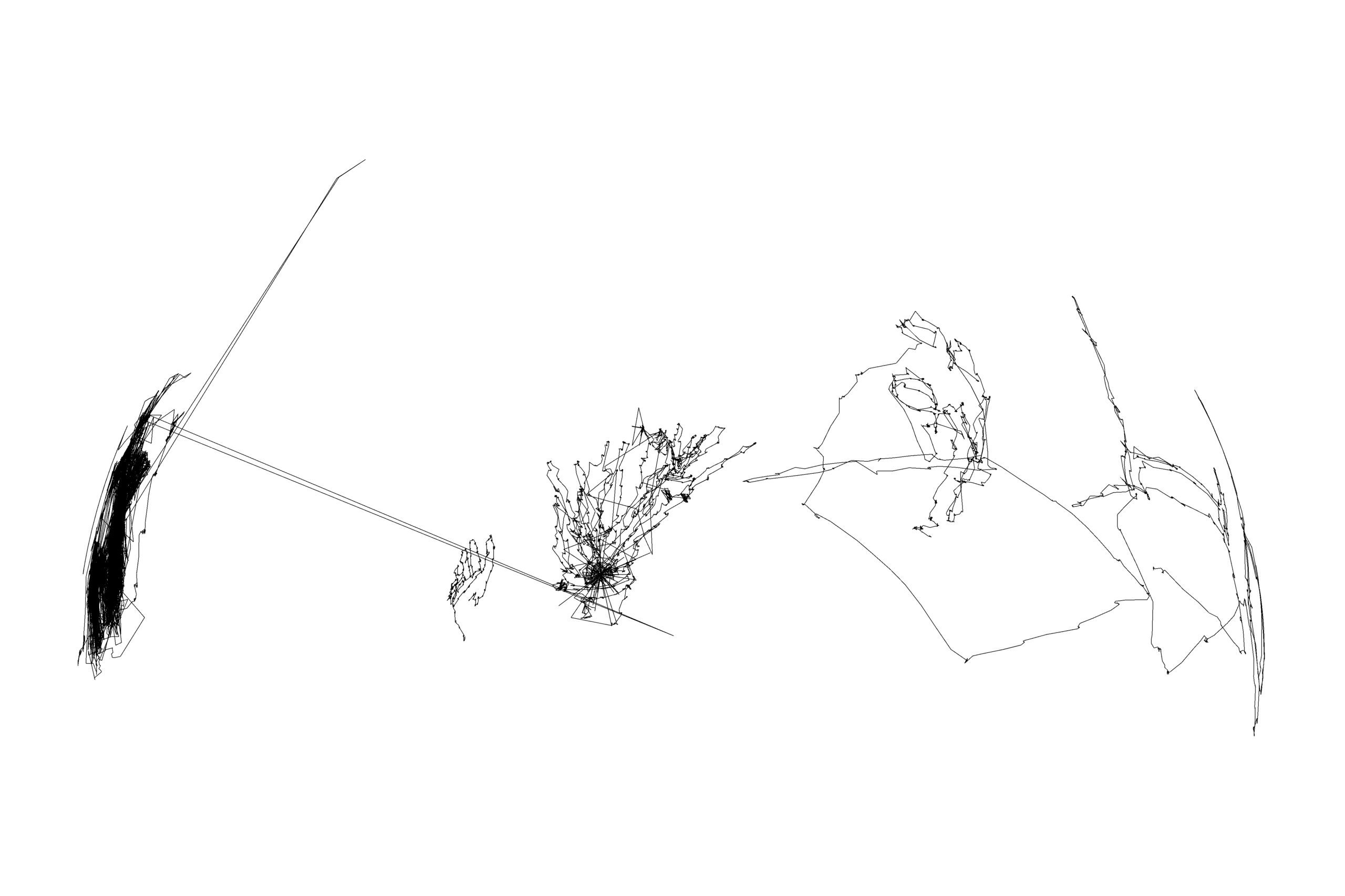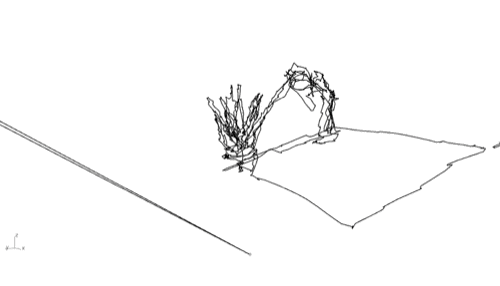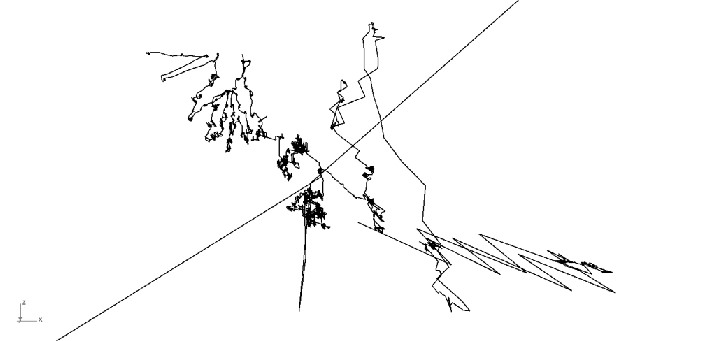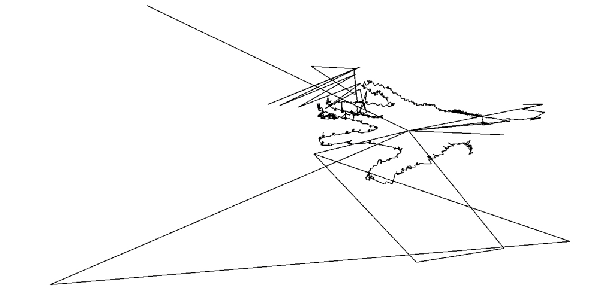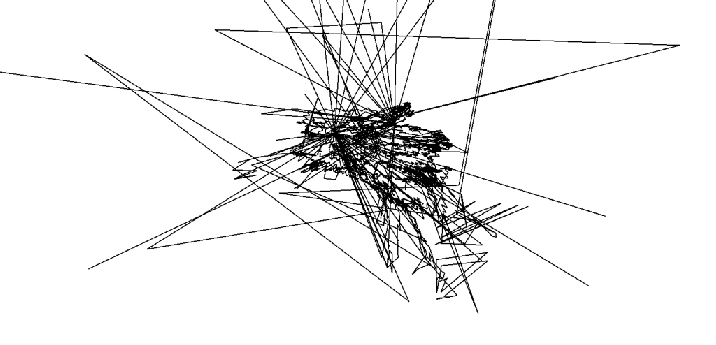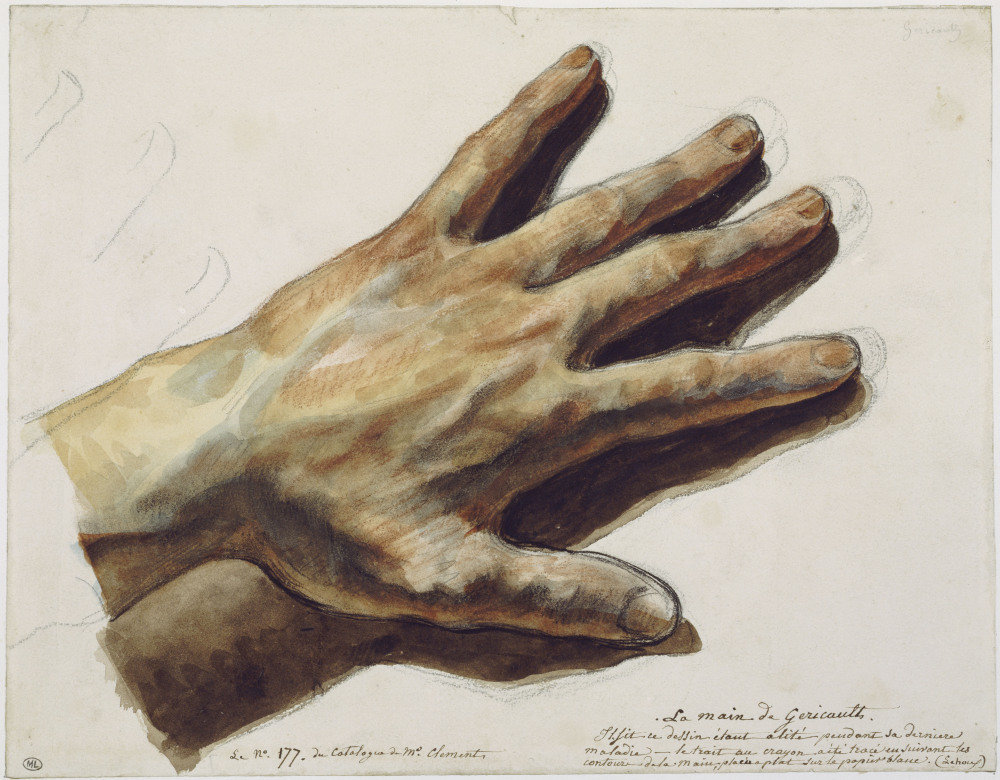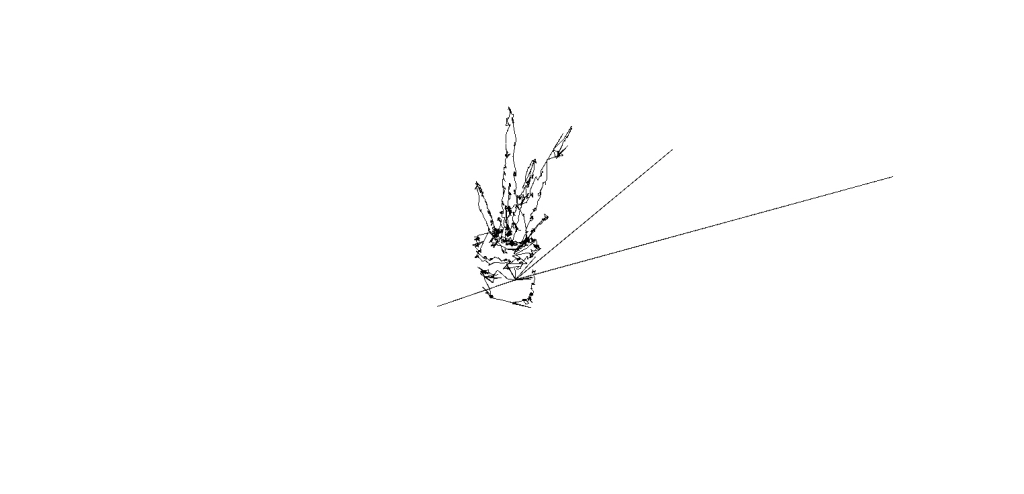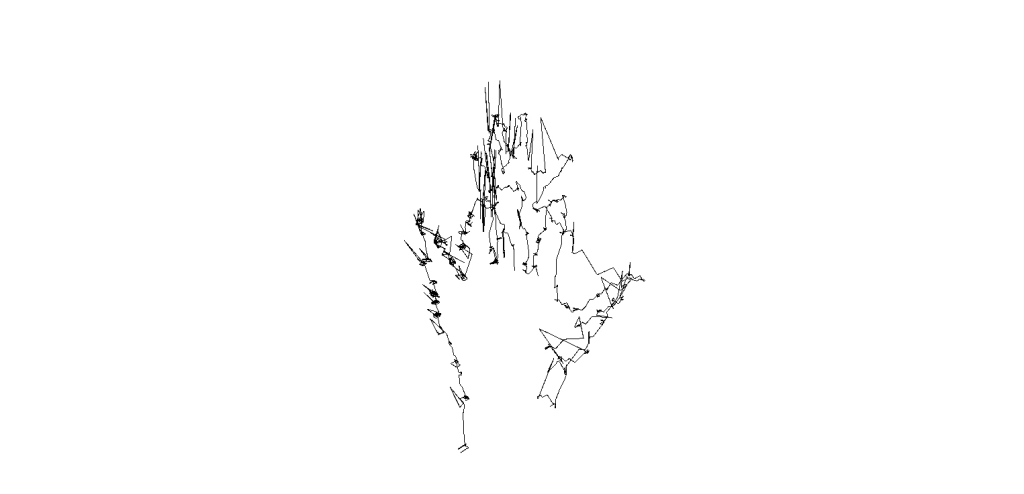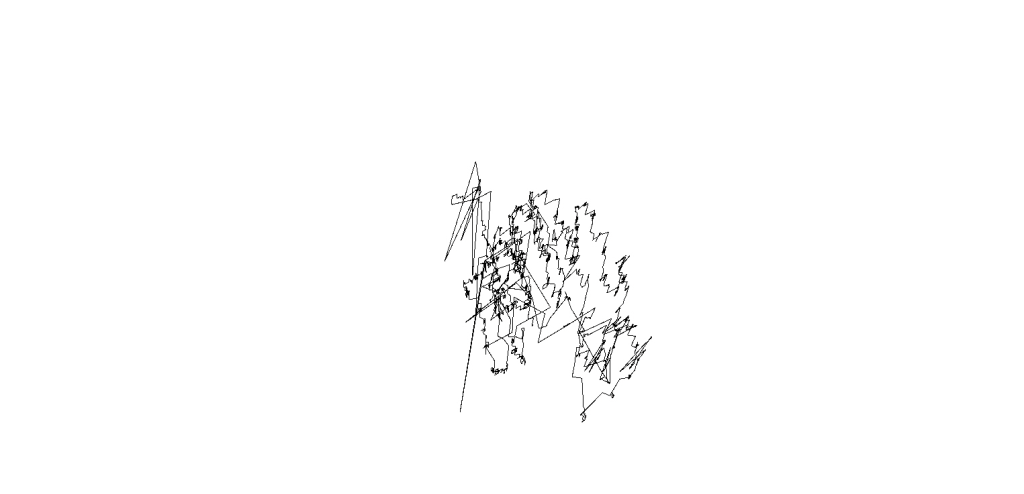Ħars fuq ħars is a six-artist visual experiment taking place within the project space at Valletta Contemporary, in parallel with the solo exhibition rajt ma rajtx… naf li rajt and curated by Margerita Pulè. The contributing artists are: Gilbert Calleja, Charlie Cauchi, Ryan Falzon, Charlene Galea, Roxman Gatt, Alexandra Pace.
The video below features some installation views from the project.
curated by Margerita Pulè
Contributing artists:
Gilbert Calleja
Charlie Cauchi
Ryan Falzon
Charlene Galea
Roxman Gatt
Alexandra Pace
A six-artist visual experiment, in parallel with the solo exhibition rajt ma rajtx… naf li rajt.
25 Sept – 15 Nov 2021 at Valletta Contemporary
Matthew Attard is a current PhD candidate at the Edinburgh College of Arts, University of Edinburgh, funded by the Malta Arts Scholarship Scheme – The Ministry for Education and Employment.
The exhibition is also supported by Doneo Ltd.
